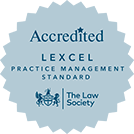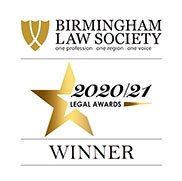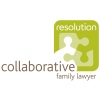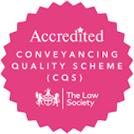A recent case confirms that for the purposes of the Leasehold Reform Act 1967, which gives tenants of let houses the right to buy them in appropriate circumstances, a ‘house’ need not be used as a residence in order for the right to buy to be exercised. Also, the legislation governing the right to buy does not require tenants to live in the property.
In the case in point, three terraced houses in London were being used for short-term accommodation by tourists when the tenant, who had a lease over all three properties, applied for the right to buy them.
The 1967 Act was not created to allow commercial tenants to acquire residential property freeholds but, when the necessary circumstances are met, it does allow this, because there is no requirement that a tenant must occupy a property in order to exercise the right to buy it.
A building is a house if it:
- is capable of being separated vertically from a next door building and there is no substantial overhang of one by the other;
- was designed or adapted for living in unless substantially adapted for another purpose later; and
- can reasonably be called a house.
On the basis of the definition, the three buildings qualified as houses and thus the tenant was able to exercise the right to buy them.
In his judgment, Lord Neuberger described this as a good example of ‘the law of unintended consequences’.
For further inforamtion on this or any other property matter contact us today.
 |
 |
 |
 |
 |
 |
|




